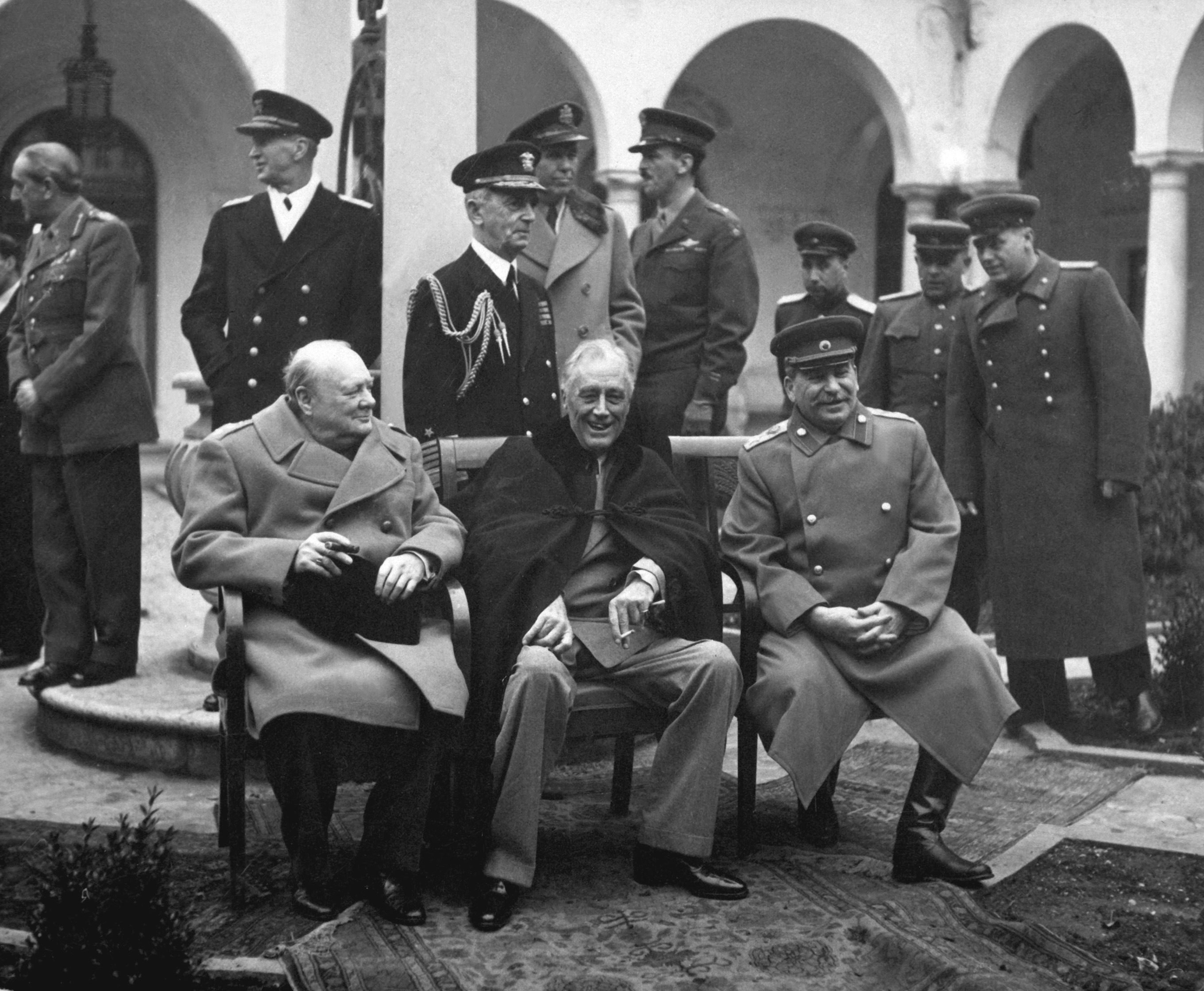:jesus-christ: .
Tag places you've been to.
I got Sacramento, Tuscan, and New York. That's Kochi, Kuwana, and Tokyo.
The important thing to understand here is the sheer scale of destruction suffered by the peoples of Asia at the blood soaked hands of America.


We really gonna have an argument over whether or not violence against the working class and violence against the bourgeois state are the :same-picture: or not?
German cities got fucked up pretty bad during the war too, but I never see anyone here blame anyone for that but the Nazis.
The Germans didn't get the "asiatic hordes" treatment where anything short of genocide is unacceptable
germany seems to have been bombed pretty consummately and had 4 million more homeless afterward. with almost equal prewar populations and generally (but varying) more german civilian deaths claimed as well. ~2+ mil vs . ~.8-1.2
The stats from the article says the following
The German bombing campaign focused primarily on decapitation of the nazi german industrial capacity through indiscriminate bombings of industrial manufacturing centers with civilian targets being acceptable collateral damage.
In the Japanese bombing campaign, and every subsequent bombing Campaign in Asia, civilians centers were the targets of indiscriminate bombings alongside industrial manufacturing centers.
There is a clear racially-motivated difference of levels of mass slaughter perpetuated by the western powers during the war.
Side note: it's actually pretty interesting article you shared since it quietly pointed out that the Soviet side of the rush to Berlin was remarkably less destructive than the westerner side.
im not sure what's so revealing about these highlights unless you have the same data for japan and its worse.
being that 9 million japanese and 14 million germans were rendered homeless i would not make an assumption that the bombing of germany was any more 'discriminate' in its targetting of industrial areas over civilian ones.
Daniel L. Haulman, “Firebombing Air Raids on Cities at Night, Air Power History, Vol. 65, No. 4 (Winter 2018), 41.
Who in turn cites
Max Hastings, "Retribution: The Battle for Japan, 1944-1945", New York, NY: Alfred A. Knopf, 2008. pp. 317-318.
Which as I'm sure you can guess I don't have in my hands right now so you'll have to forgive me for being unable to directly dig through that books citation to another book's citation all the way to the primary source.
Here's another source from the British Imperial war museum that corroborates similar numbers
And some more corroborating numbers here from a random Tampa Bay article examining the genocidal firebombings of Japan under the section titled "fighting to be remembered" cw: discriptions of crimes and human suffering.
another government department disputing the figure is pretty significant. and would give more water for an exceptional treatment of japan.
i still'd like more robust figures but we're not exactly writing dissertations. also and especially for the german numbers, if their homeless got padded by population expulsions, what territory "germany" constitutes etc.
I believe I saw a source saying that roughly 12 million Germans east of Germany - so a mix of recent German settlers, German descendants from migrations from centuries back, and Germans from the provinces that were returned to the Polish SSR most likely - fled westwards with a majority (like 8-9 mil) of them settling in western germany, and the minority split between east germany and emigration to the Americas.
Also Germany, even without it's nazi period provinces that were returned to other nations, is still more than twice the size of Japan if we're talking raw square kilometers of landmass which makes it understandable that Germany had such high numbers as it did yet that comparison bares the psychopathy of the american military during the pacific campaign in the fact that even though Japan is less than the size of Germany, it's civilian population had suffered similar numbers of casualties.